Is this a shot I could have made any time during the winter season because the White-breasted Nuthatch is always present here in eastern Iowa? Perhaps, but it is the light and the colors that are different in spring. The gesture of the nuthatch, after going down on a tree trunk, is typical, but still unique. Don’t know any other bird who does it this way…
NATURE CLICKS #270 - WHITE-CROWNED SPARROW
I was very happy to see another migrating bird in our yard this morning. A pair of White-crowned Sparrows made an appearance several times during the day. Their breeding ground is in northern Canada. We had them on our balcony below a bird feeder once in January 2010 and we have seen this sparrow before in other parts of the western US, like Colorado and California.
I was able to make several shots, most of them with the birds foraging in the grass. This was ok but I was hoping for more. When one of them flew into a bush I finally found a background I liked even better. The sparrow did me the favor and tilted its head towards me. A nice gesture which makes the white crown a part of the image. This part of the yard was still in the shade but a carefully dosed fill flash brings out the colors. I guess it’s time to replace my blurry “balcony picture” from 2010 in the BIRD GALLERY. If you haven’t checked it out yet, click on the link in the sidebar of my blog or click the COLLECTIONS tab at the top of this page.
SPRING AT ITS BEST
Spring doesn’t get any better than it was last Sunday here in eastern Iowa. It was the weekend when many summer residents, like the Ruby-throated Hummingbirds, Baltimore Orioles, and Rose-breasted Grosbeaks, finally arrived after their long migration journey. We still see wildflowers in the timber and many trees show their blossoms. The last two days were gray and rainy again and this makes us appreciate a Sunday as the last one even more...
BIG SKIES
Although we can’t compete with the iconic landscapes of the western United States here in eastern Iowa, but we do have some great skies with terrific clouds at times. This image was made earlier this week at the Mississippi River. The view goes over a marsh land, just outside of Dubuque and next to the big John Deere plant, hence the name of it, John Deere Marsh. Hundreds of ducks, geese, and other birds have their habitat here. Well, that’s why I had the Sigma 50-500 on the camera. I just hoped to make some good wildlife photos. The car was too far away to get a better suited lens for this landscape photo. The light and mood lasted only a few minutes, too short for a plan “B” ;-). The best camera (and lens) is the one you have with you and so I zoomed out to 58 mm and made the click. Not ideal in regards of sharpness (especially around the trees) but still better than coming home without the shot… :-)
WILDFLOWER SLIDE SHOW
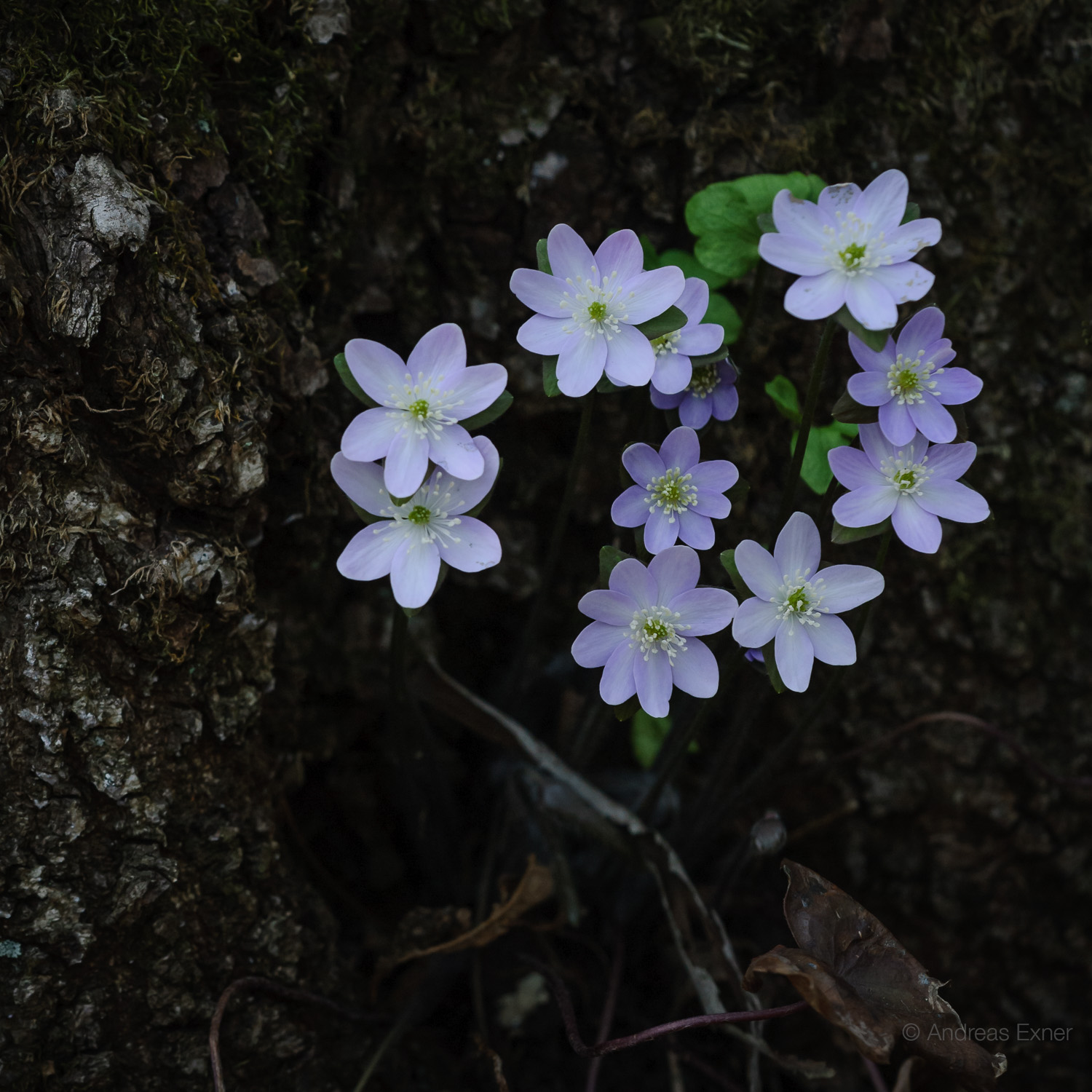
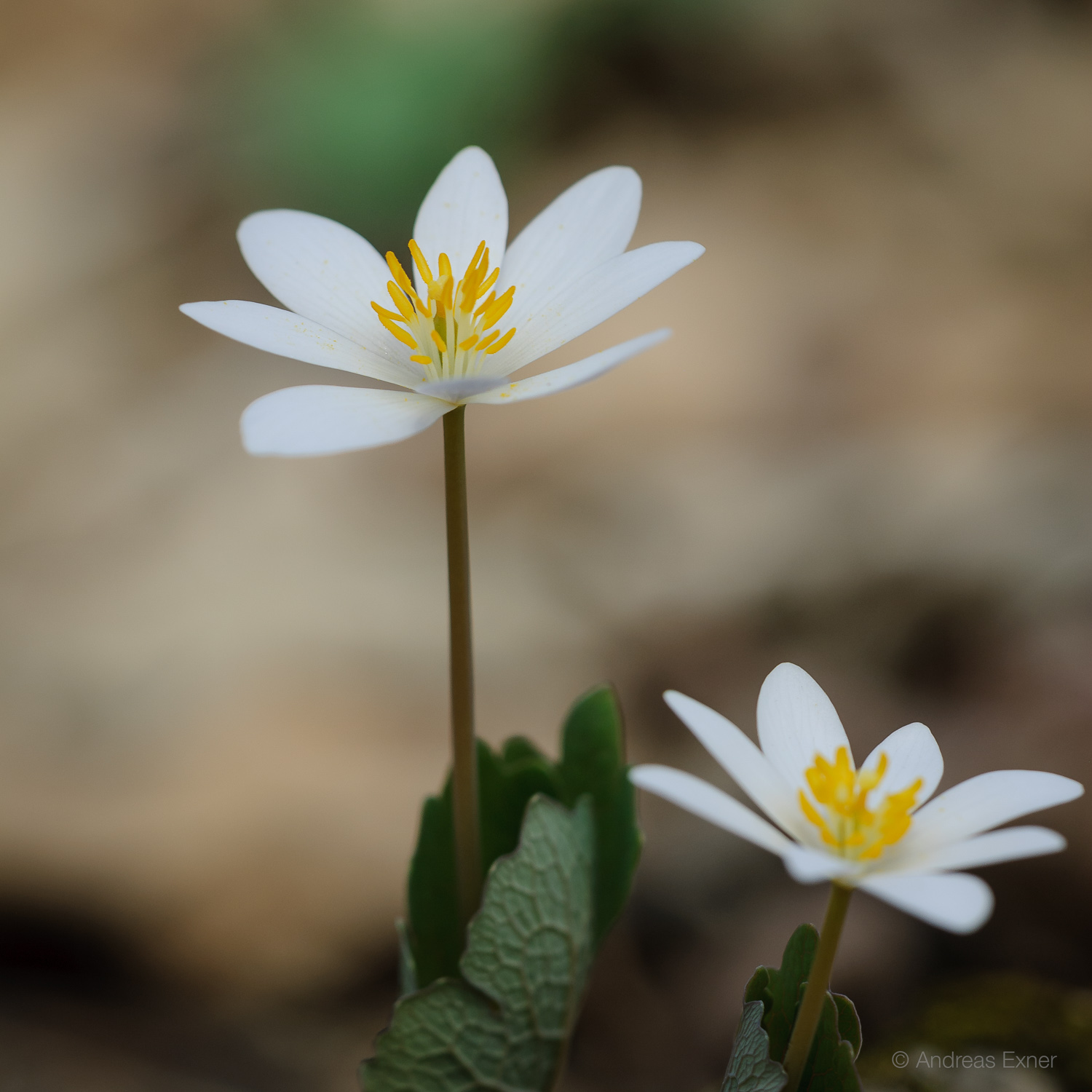
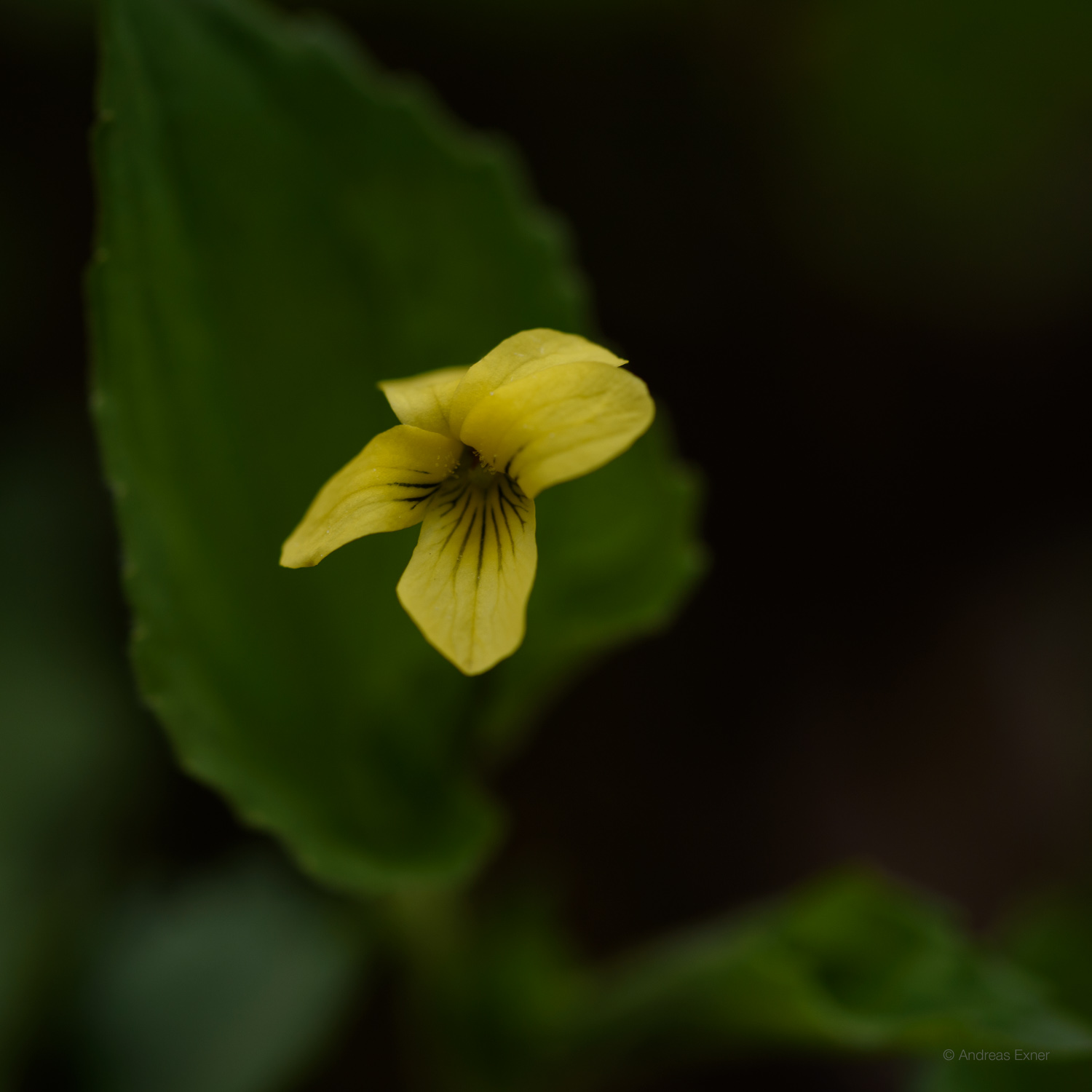
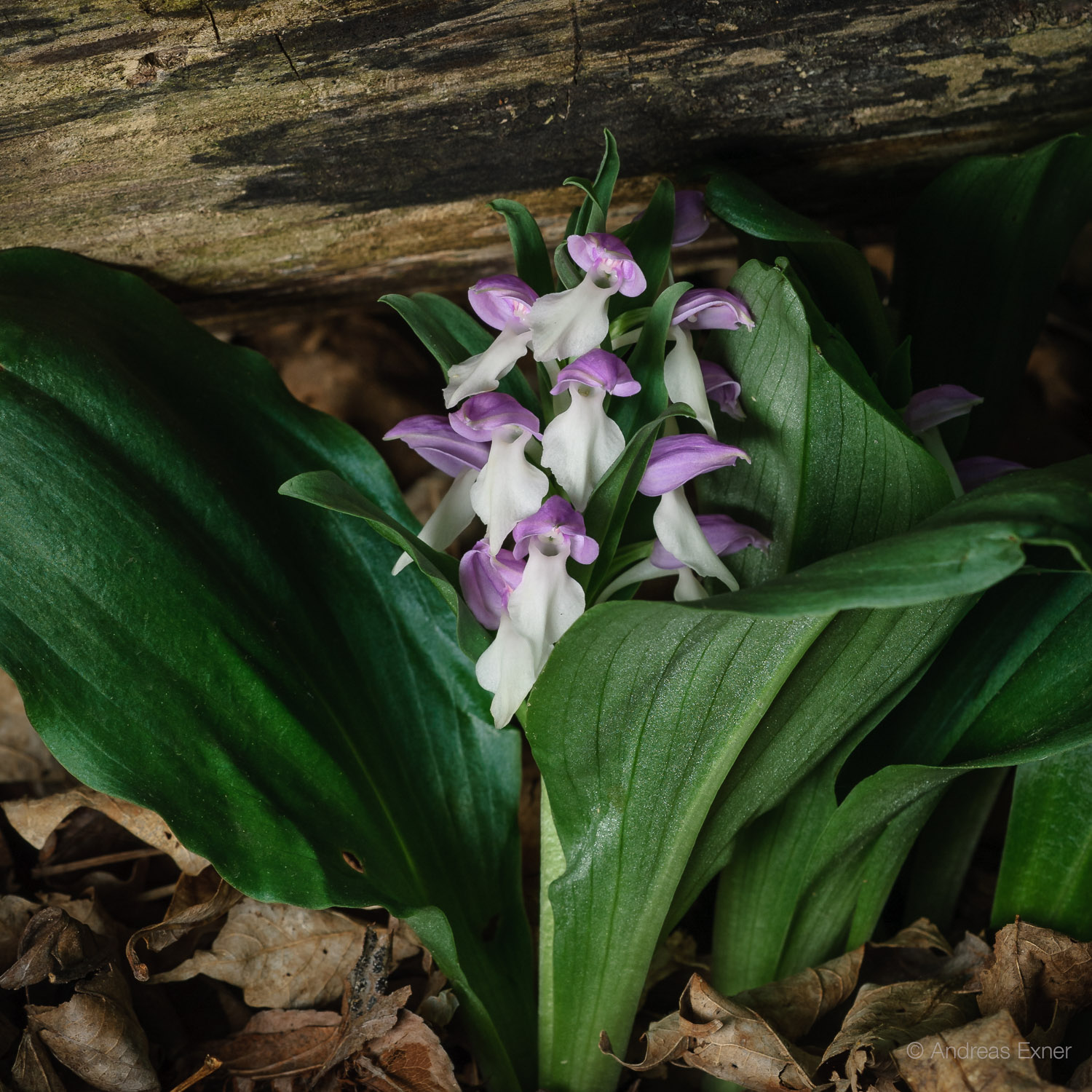
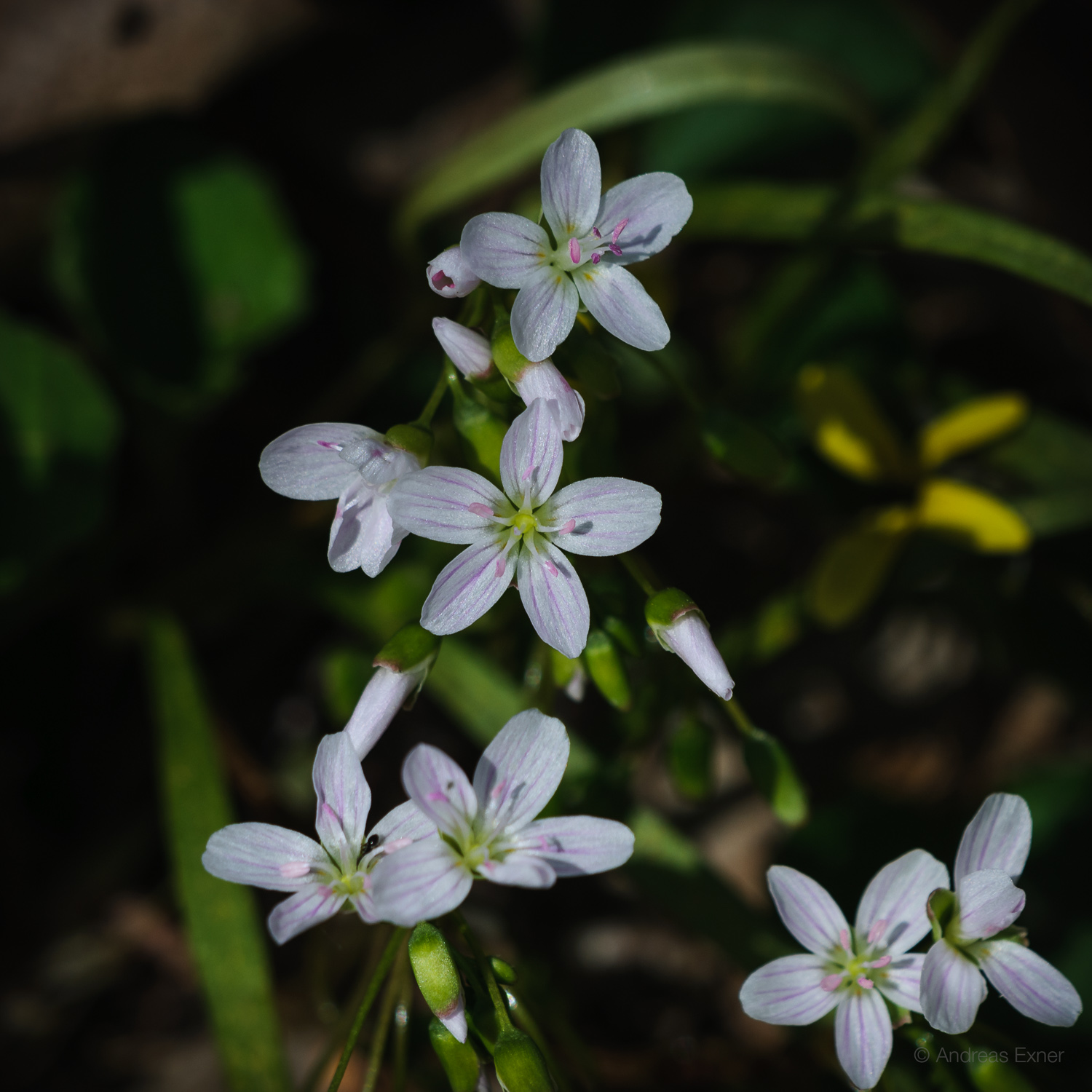
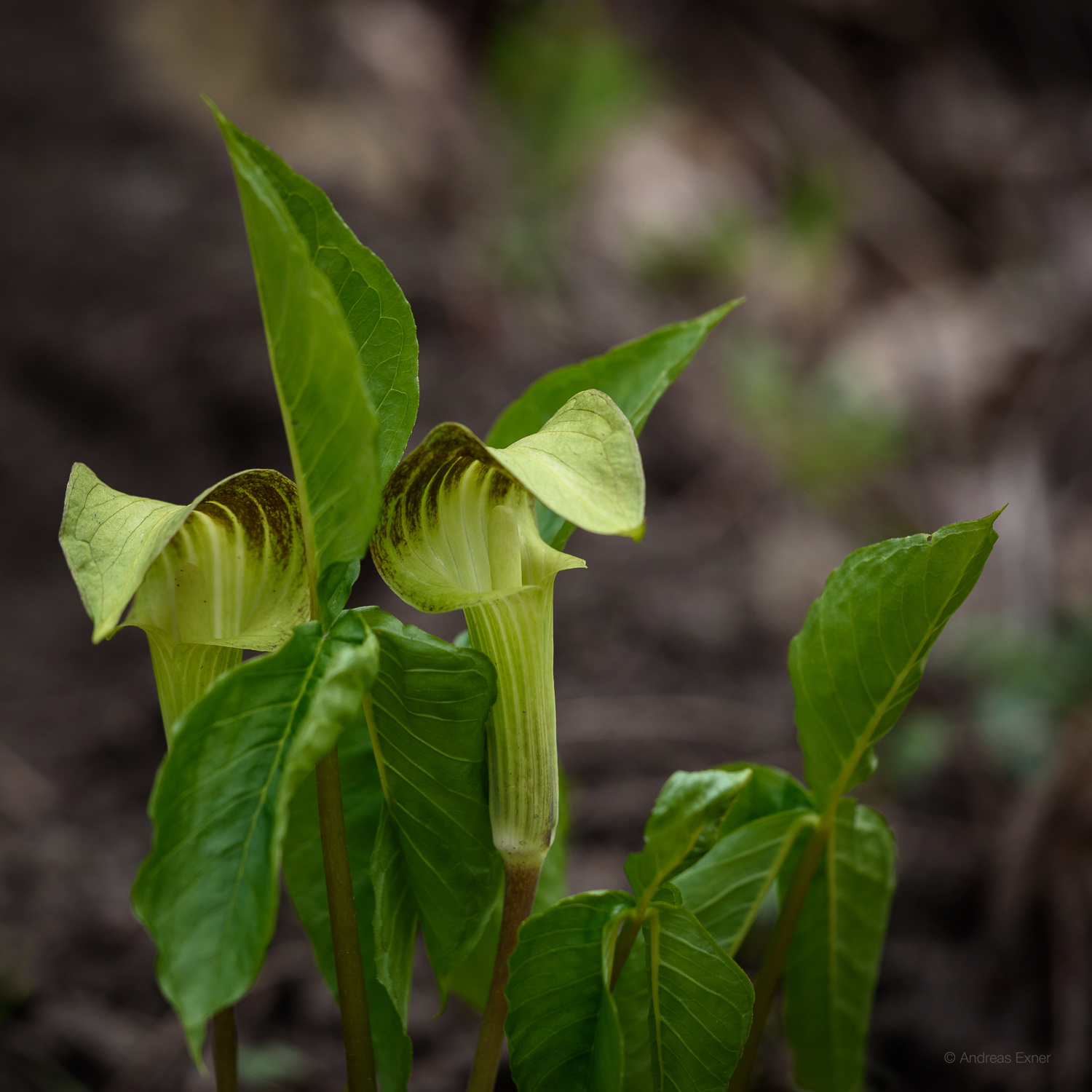
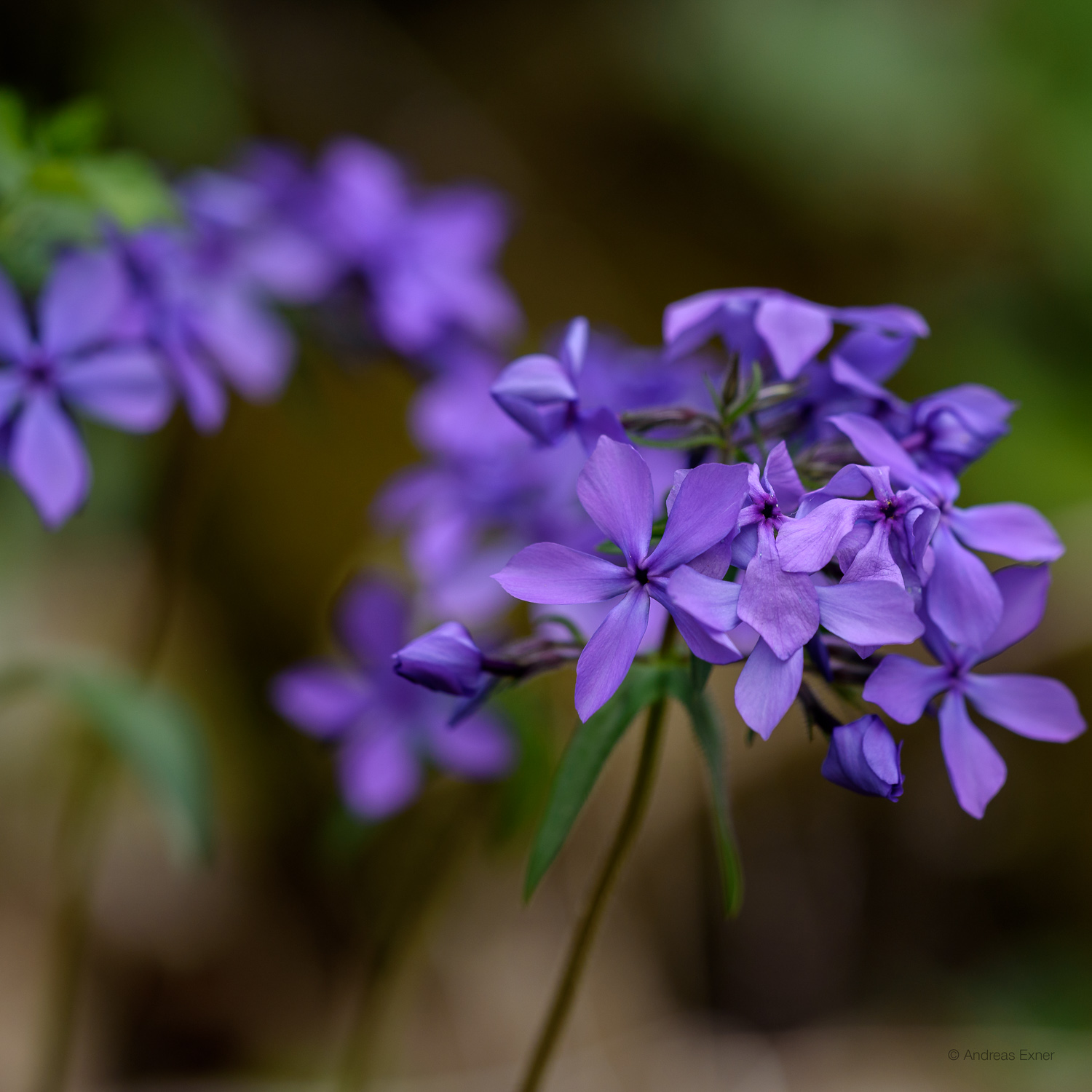
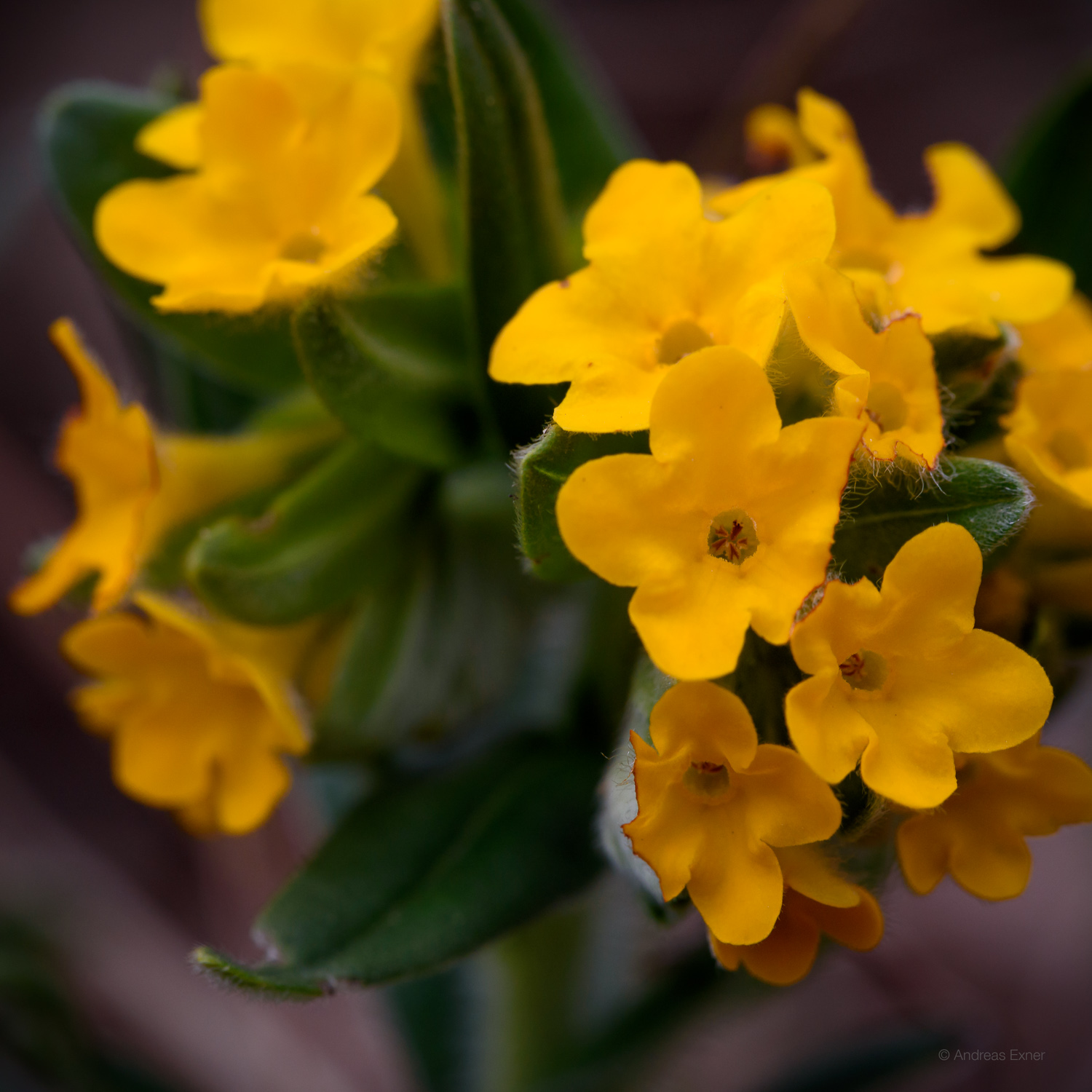
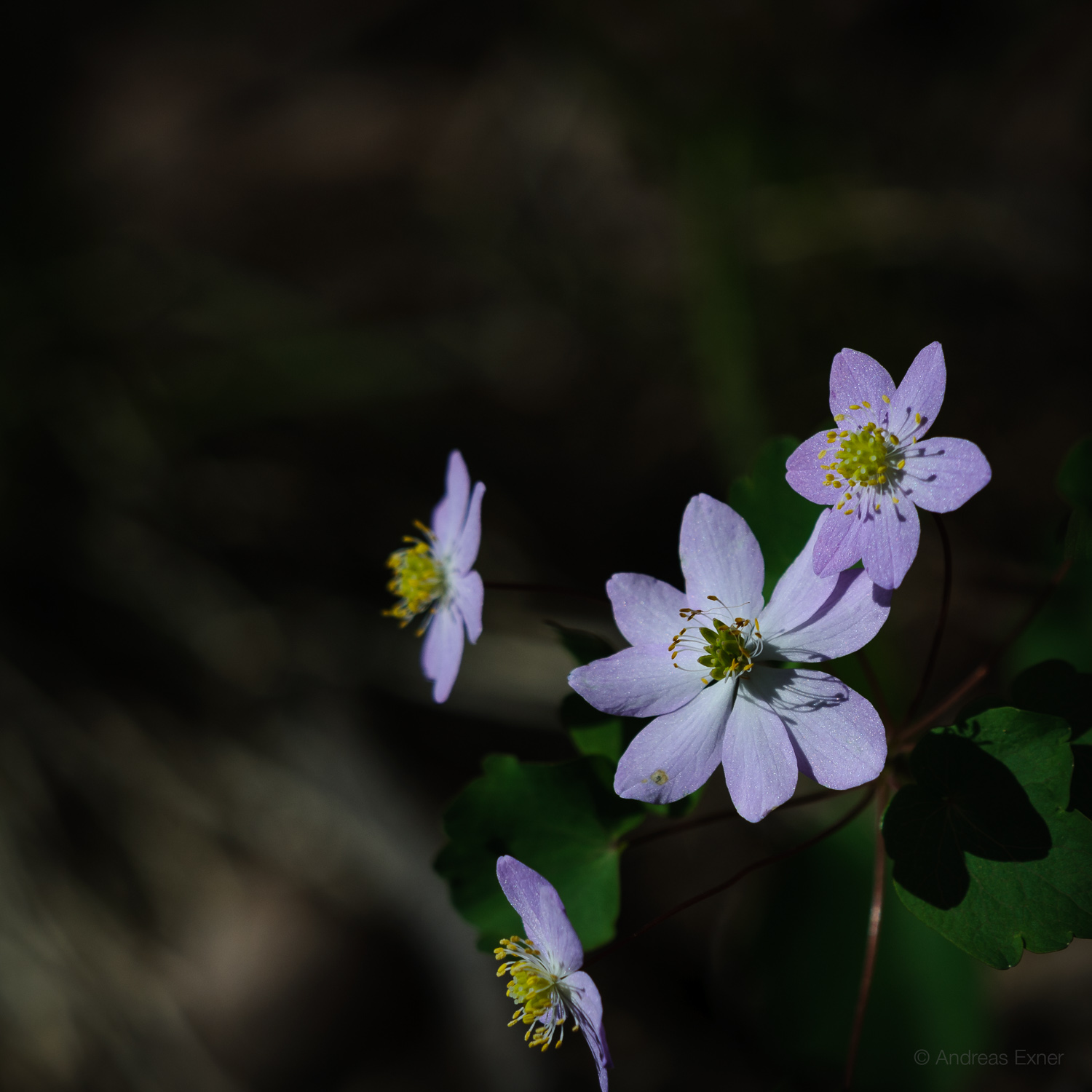
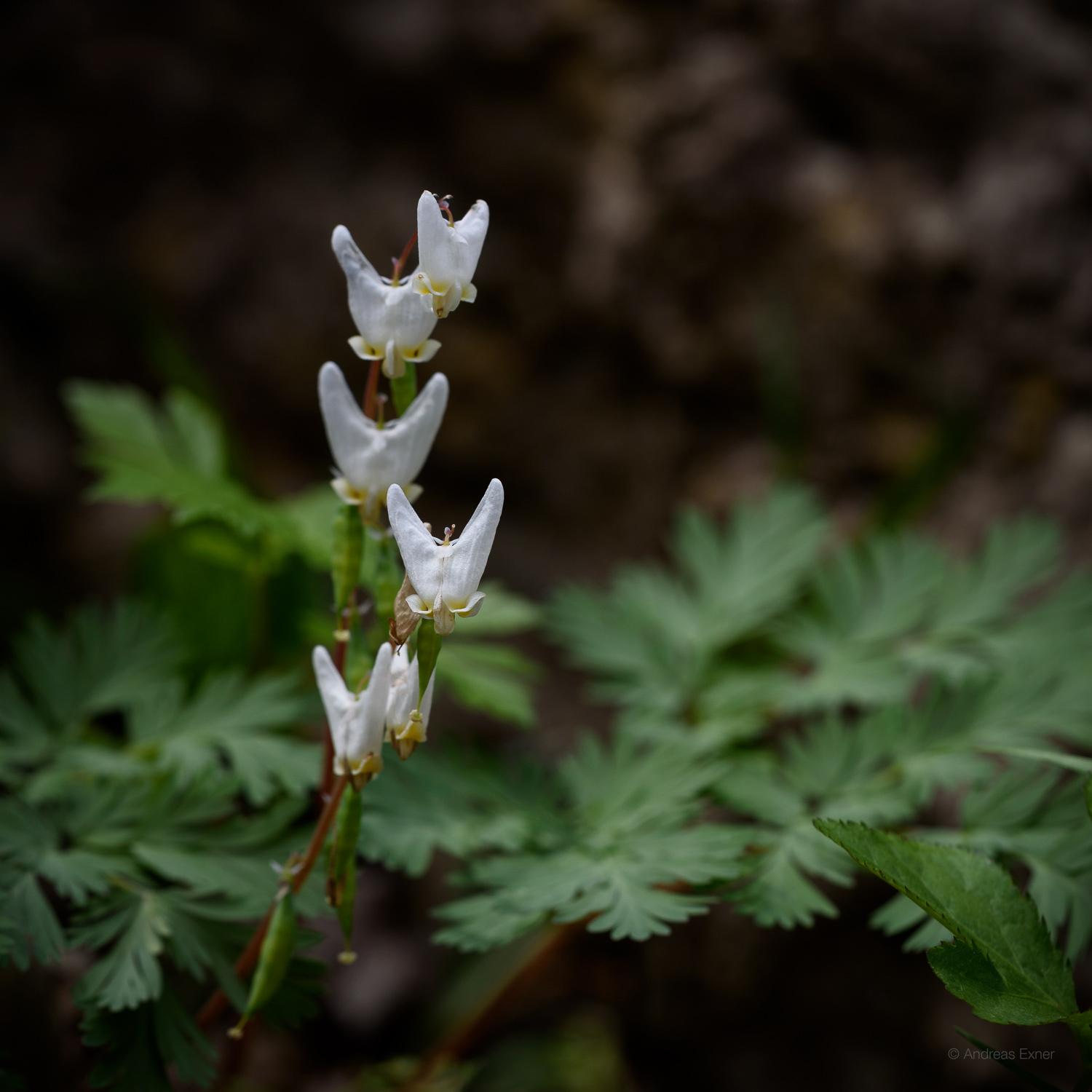
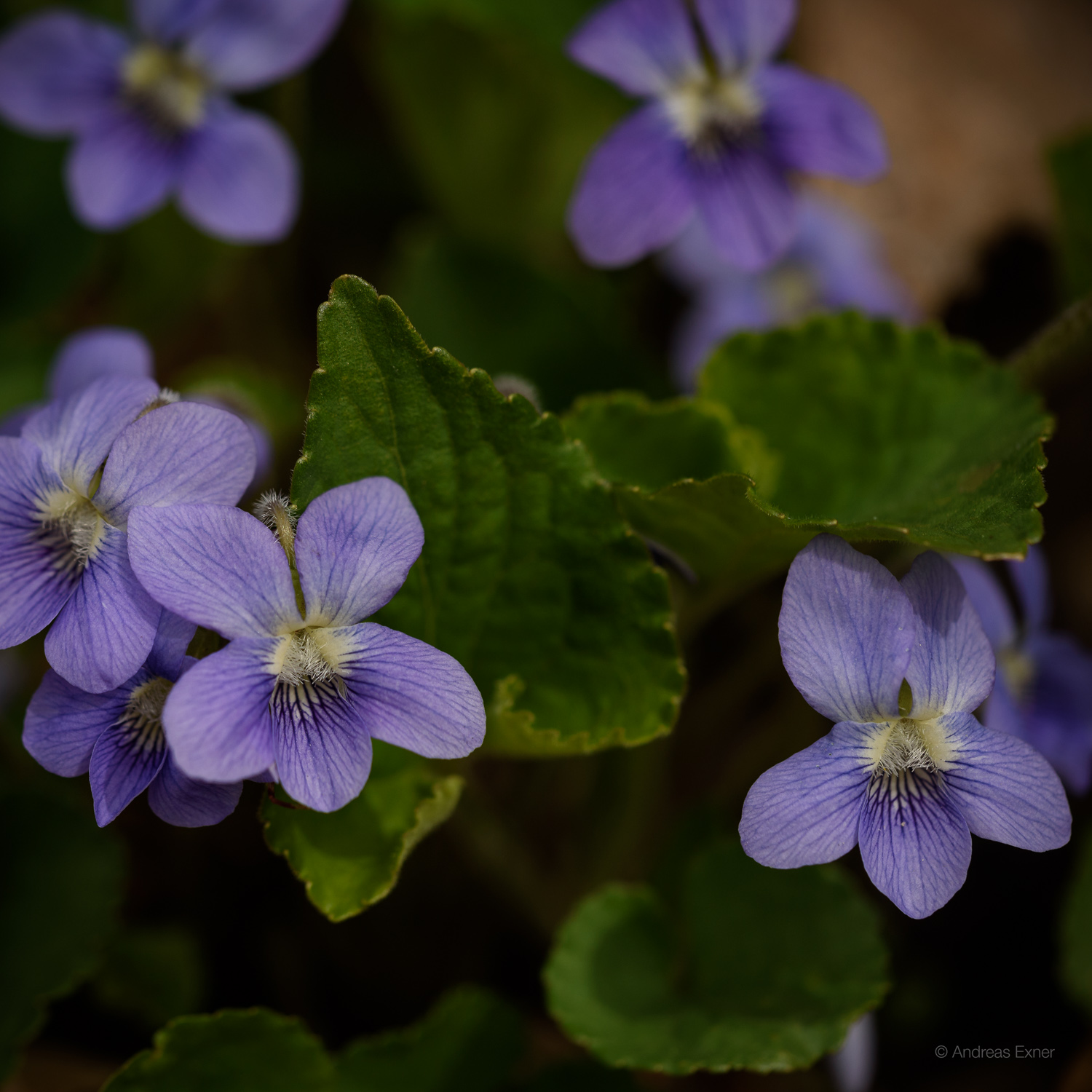
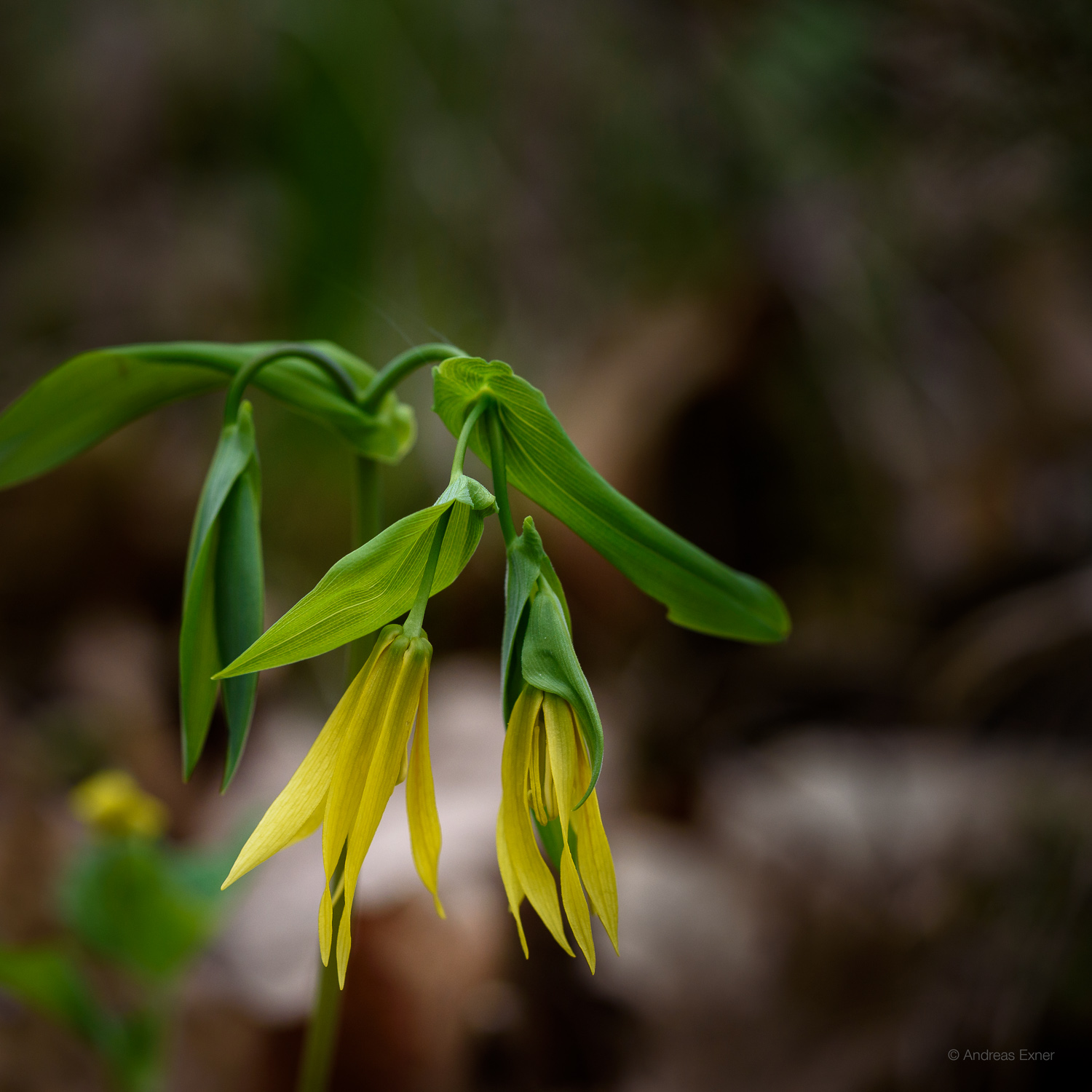
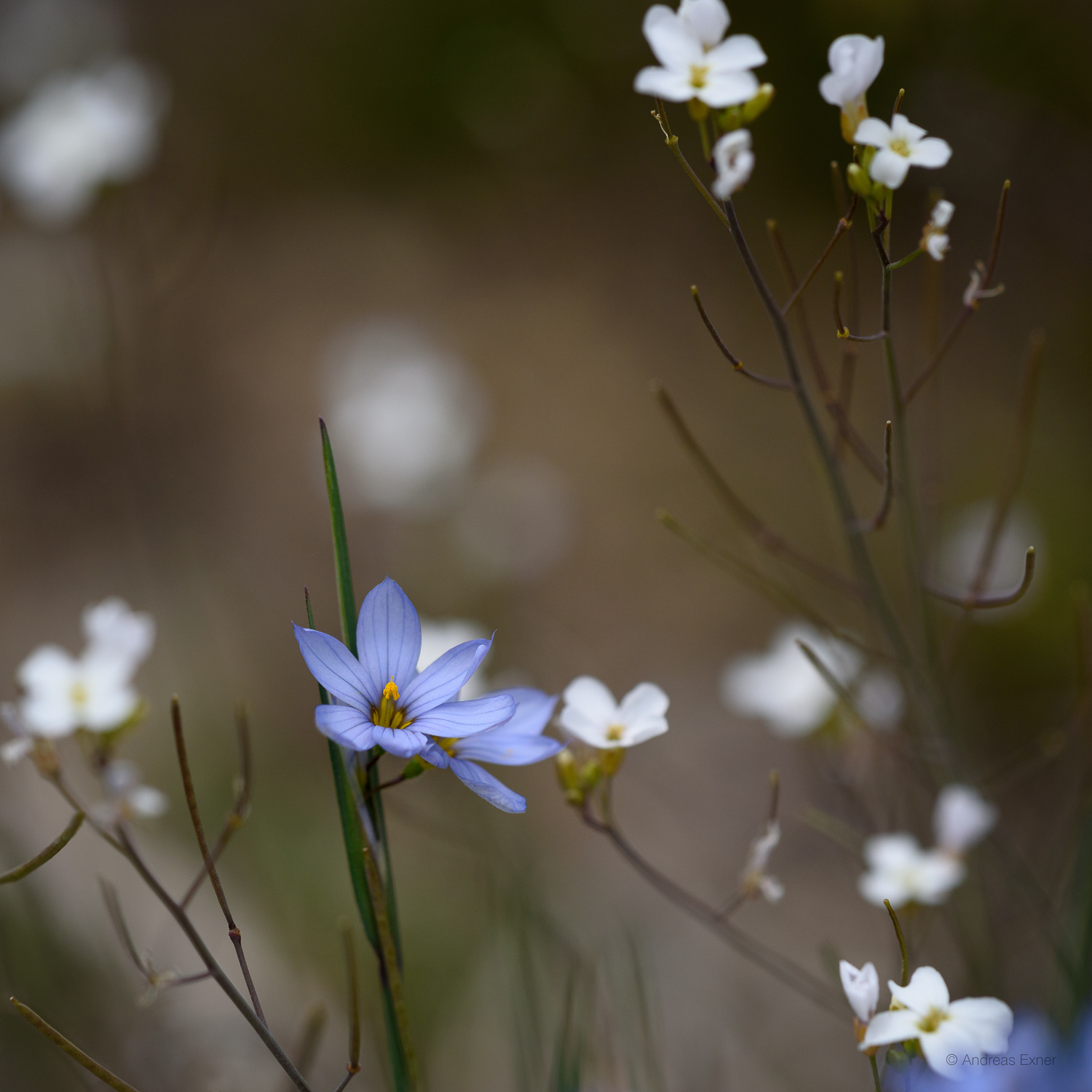
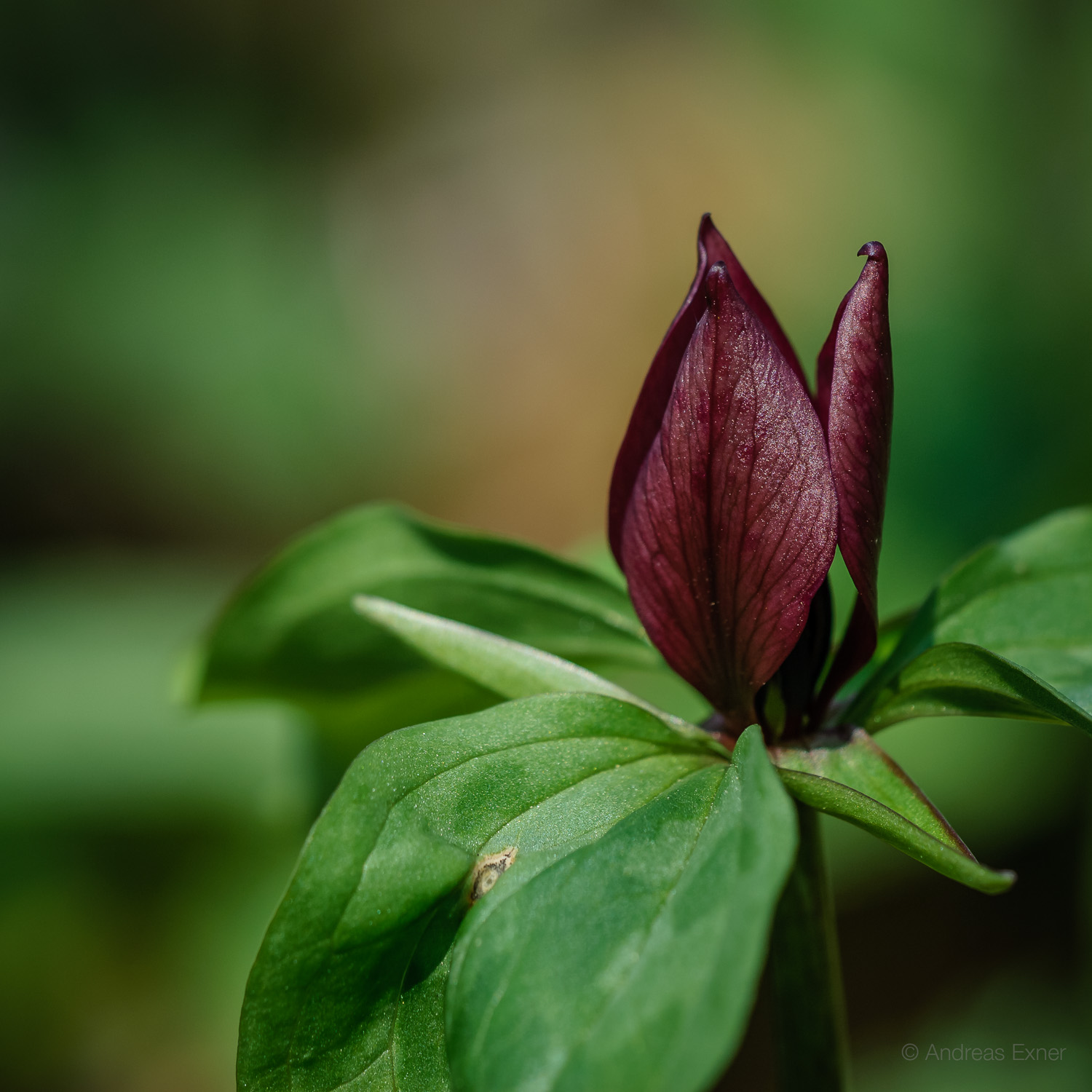
Today we went to Pohlman’s Prairie, a so called goat prairie on top of the bluffs above the Little Maquoketa Valley. This is only a mile away from our home. The trail leads first into a wooded side valley before it enters the small prairie area. Both, the valley and the grassy prairie area are home for many wildflowers, grasses and plants. Some of them we can find here on our own bluffs but others were new to us.
I thought I put a little slide show together with some photos of the wildflowers that we found today or at other locations along the Mississippi River. Some species. like Bloodroot or Hepatica are done blooming already but I have included them too. I hope you enjoy!
BOOSTING COLORS WITH FILL FLASH
I used my lunch break today for some practice with fill flash in the front yard and the local birds served as my models. Suddenly I saw a “new face” showing up and recognized immediately a White-throated Sparrow, the first one migrating through. It rested briefly in the shade of our big maple, on a boulder that sits between the spring flowers. There aren’t many birds that are better for practice and testing than this sparrow with its white throat. The bird has black and white that provides good contrast for focus and it has colors, ideal for checking the results of using fill flash for color enhancement.
Without fill flash the second photo, made in bright sun around 1PM, would not turn out the way it is. The White-throated Sparrow, which sat in the shade under a feeder, would have been very dark or the highlights of the surrounding flowers and grass would have been blown out. I hope to see this bird again in the next few days... :-)
SHOOT IT WHEN IT'S THERE!
Joan didn’t have to work this evening and we were able to see today the young Great Horned Owl together at Mud Lake. The owlet sat in a different tree , much easier to spot than yesterday evening. Overall the light wasn’t really bad for anything today, but it was a different quality and the photo I show you would not have been the same.
Last night, when I walked back to the car, with the tripod over my shoulder and a big smile on my face (see yesterday’s post if you don’t know why… :-) ), I saw these backlit trees on the other side of Mud Lake Park. The house in the background, hit by the light of the setting sun, I just had to make the click. Well, I still had the Sigma 50-500 on camera, and even if this is not a perfect lens for landscape shots, but by zooming in to 230 mm I got what I saw in this picture. Spring is just a wonderful time…!! :-)
TIME FOR BRANCH HOPPING
My website and blog has always been about sharing knowledge with other people that own a camera and try to get the best out of it. Sharing wildlife encounters and the locations where to find wildlife is part of it. Other photographers do the same and so we all benefit from each other one way or the other.
Last night I received an email from my photography friend Linda, telling me that the little owlet had left the nest at Mud Lake down at the Mississippi River. After a young Great Horned Owl leaves the nest they usually stick still around for a while. During this period of so called “branch hopping” they are still fed by the parents but it is not necessarily the same tree where the nest is located. And here starts the problem for the avid birder or photographer. The fresh leaves on the trees come out at the moment and every day it becomes a little more difficult to find the tree and the branch where the young owl spends the day.
My neck got already soar after wandering around and scanning every tree near the nest with my eyes for 45 minutes. Almost ready to give up for today I finally discovered the owl in a tree near the nest I had looked at several times before. They really blend in well. For the next 50 minutes I had an unobstructed view to a subject that turned the head once in a while and opened and closed its eyes for the most. Other than that, it was all about watching the light of the setting sun and playing with every possible setting on my new Nikon D750.
It always amazes me how fast they grow. I discovered the female Great Horned Owl sitting on the nest February 15th, saw the young owl March 16th for the first time, and now it has left the nest already. As I wrote here in the blog before, this happened for the third year in a row, but it is, at least for me, one of the most fascinating wildlife stories that unfolds here in the Mississippi Valley. Special thanks to Linda for sharing the information with me!
WAITING FOR THE LONG SHADOWS
After some days with cold and very windy weather conditions we finally got the spring back here in Eastern Iowa. I used the sunny day for a visit in the Green Island Wetlands. Not every picture turned out like this one. I struggled a little bit with the high contrast from the very powerful sun, especially during the early afternoon. The long shadow of the Killdeer may tell you that this photo was made not too far away from sunset. It pays back to stay and wait for these long shadows, the light is just so much better...
The Killdeer did its usual trick, pretending it was injured, to lure me away from this particular spot. It may want to use it for breeding sometime soon. More to come…
PRACTICE WITH PAINTED TURTLES
A Painted Turtle is a great subject to practice wildlife shooting or to test new equipment, like I do right now with the new Nikon D750. If the turtles move, they move slowly (with one exception I will talk about in a minute), or they don’t move at all. The yellow lines on its head provide good contrast to lock on focus, which is important for a sharp image. And as a bonus, the turtles are always good for a unique gesture. The first one was not my sharpest shot of this critter but the gesture with the open mouth makes all the difference for me. It looks like the turtle is yawning, but what you don’t see in the first photo is a second turtle, just climbing up the log on the other end. Well, the meet and and greet on the log went well and after some butt sniffing (yes they do that like dogs!) both finally ended up taking a sun bath together.
You may think taking these shot is much easier than photograph a bird at the same distance, but this is not true. If the Painted Turtle senses danger, because you walk right up to them, they will drop into the water as fast as a bird will take off. The good thing is, most of the time, especially when the sun is shining, they will climb back up on the log again after a few minutes. The short break while they are in the water allows to establish a good shooting position near the log. If you are carefully and make your own moves as slow as a turtle ;-) , they may accept your presence and you get a second chance to make the click.
I switched back and forth between FX and DX crop mode on the D750 while shooting the action as just described. Full frame (FX mode) served very well to make the images with both turtles on the log. For isolating the turtle on the left, like in the first image, I used the DX crop mode. Back in the days of shooting slides on film, rule #1 for having a keeper was ‘Get it right in camera’. I enjoy photography as a form of art and as a craft. Get it right in camera is part of the craft.
WILDLIFE AND A LARGER SENSOR
A filled travel schedule and business meetings in between prevented me from doing serious shooting during the last couple days again. Feels like torture when you have a new camera and no time to work with it… ;-)
This shot of the Great Horned Owl juvenile is from last Friday and pretty much straight out of camera, except for the usual sharpening process. By using the full size of the 24 MP sensor in FX-mode on the NIKON D750 a 500 mm focal length is just what it is, 500 mm, like in the days of film photography. However, the camera can be used in two different crop modes and the DX-mode with a crop factor of 1.5 provides the same angle of view for a particular lens as it is on my NIKON 300s DX camera. With other words you have, kind of, the equivalent of 750 mm focal length. And here lies the big challenge that comes with the change to a full frame camera. You have to get physically closer to your subject in order to use the full potential of the sensor. As mentioned before this is not always possible, like with the owl high up in the nest, but for shooting many other critters I just have to get better. That means to learn more about their biology and behavior and invest more patience and time so that finally the wildlife comes to you. Long way to go… :-)
GOING FULL FRAME
I haven’t talked about photography gear in quite some time but today I’m just excited to tell you that a new camera was added to the gear bag. Nikon finally dropped the price of its FX-format camera D750 and my order went out immediately. I had planned to add a full frame DSLR to my bag of tools since a while, with the clear goal in mind to bring my photography to the next level. I don’t buy photography equipment for just the sake of being ”up to date” and I still love my DX-format NIKON D300s. I know that I have pushed its limits, for instance in low light situations. It has produced some results over the years that I’m very happy with, and it will still remain in the shooting bag as a second body that I can quickly use with a different lens.
Although I had a busy travel schedule during the weekend and today (I’m writing this post in a hotel room in Minneapolis) but I had some time last Friday and Sunday to do quite a bit of testing, studying the manual, and just having fun learning everything about the D750.
Today I won’t babble much about what I found so far. After the first six hundred shots on the meter I just think it is an amazing camera and it may take a little time to unleash its full potential.
Part of my regular job is teaching people how to use new machines and software that comes with them. And therefor it’s no wonder that I’m a strong believer that actually reading and studying the manual is essential to understand the equipment and get the most out of it. Well I have more than 400 pages left… ;-)
All images: NIKON D750
IT'S NOT ABOUT FLOWERS...
No, this post is not about flowers. It is about light. Flowers can be very pretty but most pictures of garden flowers are boring. It is a little bit like taking the picture of someone else’s artwork. It may not be the photo that becomes art in both cases. Sure, using flowers as a subject for honing your photography skills on the technical level is a valid way to do. They are perfect for learning about depth of field, exposure, exposure compensation, and other things. Sheer beauty might be a reason for taking a picture but I have seen too many technical perfect photos of flowers that totally miss the story telling. So, what’s my solution for this? I don’t really have a universal one, but making the click at the right time of the day helps to tell the story about the season and this shaft of light just before sunset, that only occurs if there are no leaves at the trees in our neck of the woods…
GROWING OWLET
I have been traveling the last few days but finally had a chance to check the nest of the Great Horned Owl again this evening. As you can see, the light was perfect and the little owlet sticked its head out of the nest, as if it would greet me at my arrival. Most of the time I spent there today the young owl had its eyes closed and you could only see the upper part of the head. The third year in a row I’m amazed how fast a young owl is growing. I have not seen the mother at any of my visits lately but I’m sure she does everything to feed the juvenile owl and is out on the hunt for prey.
NATURE CLICKS #269 - GADWALL (FIRST SIGHTING)
I took a little detour on my way back from a business trip to Davenport, Iowa this evening and checked all the current “hot spots” in the Green Island Wetlands. I have by far not seen all the birds that come through the Mississippi Valley during migration and so it is not really a surprise, that even after living here now for more than ten years, I still have a first sighting of a new species once in a while.
Today I found a single male Gadwall foraging in the shallow waters of the wetlands. Well, it was not totally alone, it obviously enjoyed the company of several Northern Shovelers. At some point the Gadwall even made a courtship display for a female shoveler or it just tried to impress the males, I’m not sure…;-) The Gadwall is not an uncommon bird in North America, I just had not seen one yet before.
Photographically, this photo is not a master piece. The great looking duck was too far away with no chance for me to get closer, and so I decided to crop the picture a little bit.
